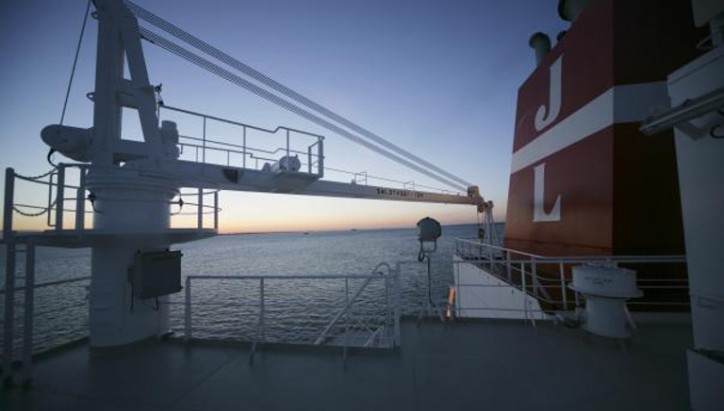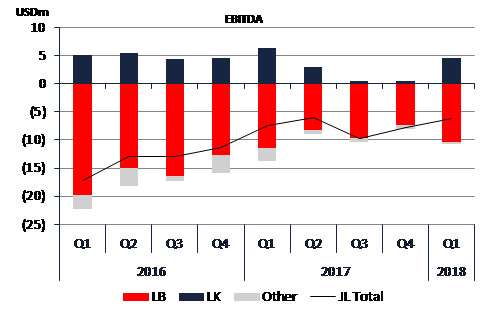“Well positioned for continued dry cargo market improvements “During the first quarter of 2018, additional bulk carriers were taken on long-term time-charter in anticipation of further dry cargo market improvements”, says CEO Mads P. Zacho, adding that “earnings for our gas carriers were as expected”.

Highlights
- Six additional handysize bulk carriers were taken on long-term time-charter with options to extend as well as to purchase.
- Two gas carriers were reflagged to the Danish International Register of Shipping (DIS) and became the first J. Lauritzen owned gas carriers under Danish flag since 2003.
- Barbara Plucnar Jensen, CFO at ISS UK and Ireland and Kristian V. Morch, CEO at Odfjell, Norway were elected as members of the Board of directors of J. Lauritzen. Plucnar Jensen subsequently joined the Audit Committee, whereas Morch was elected Vice Chairman jointly with Niels Heering.
- Efficiencies obtained due to improved use of systems and IT will enable us to further expand our operated fleet.
Business performance
In Q1, the average number of controlled bulk carriers were 83 compared to 82 in Q4 2017 and average number of operated gas carriers reached 32 compared to 32 in Q4 2017.
After the typical seasonal weakening at the beginning of the year, dry cargo markets picked up towards the end of Q1. The market for small gas carriers enjoyed the normal seasonal support, particularly the smallest size segments.
Q1 EBITDA amounted to USDm (6.2) against USDm (7.4) in same period 2017.

Lauritzen Bulkers is well positioned for the expected dry cargo market improvements during the balance of the year. However, our core fleet of owned and long-term time-chartered bulk carriers committed in previous years are not expected to reach break-even until 2019.
Liquidity
At period end, cash and cash equivalents amounted to USDm 39 (USDm 46 end April 2018) compared to USDm 59 at year-end 2017.
Assets and liabilities
Total assets amounted to USDm 482, down from USDm 504 at year-end 2017. Solvency ratio was 52%, compared 52% at year-end 2017.
Source: J. Lauritzen